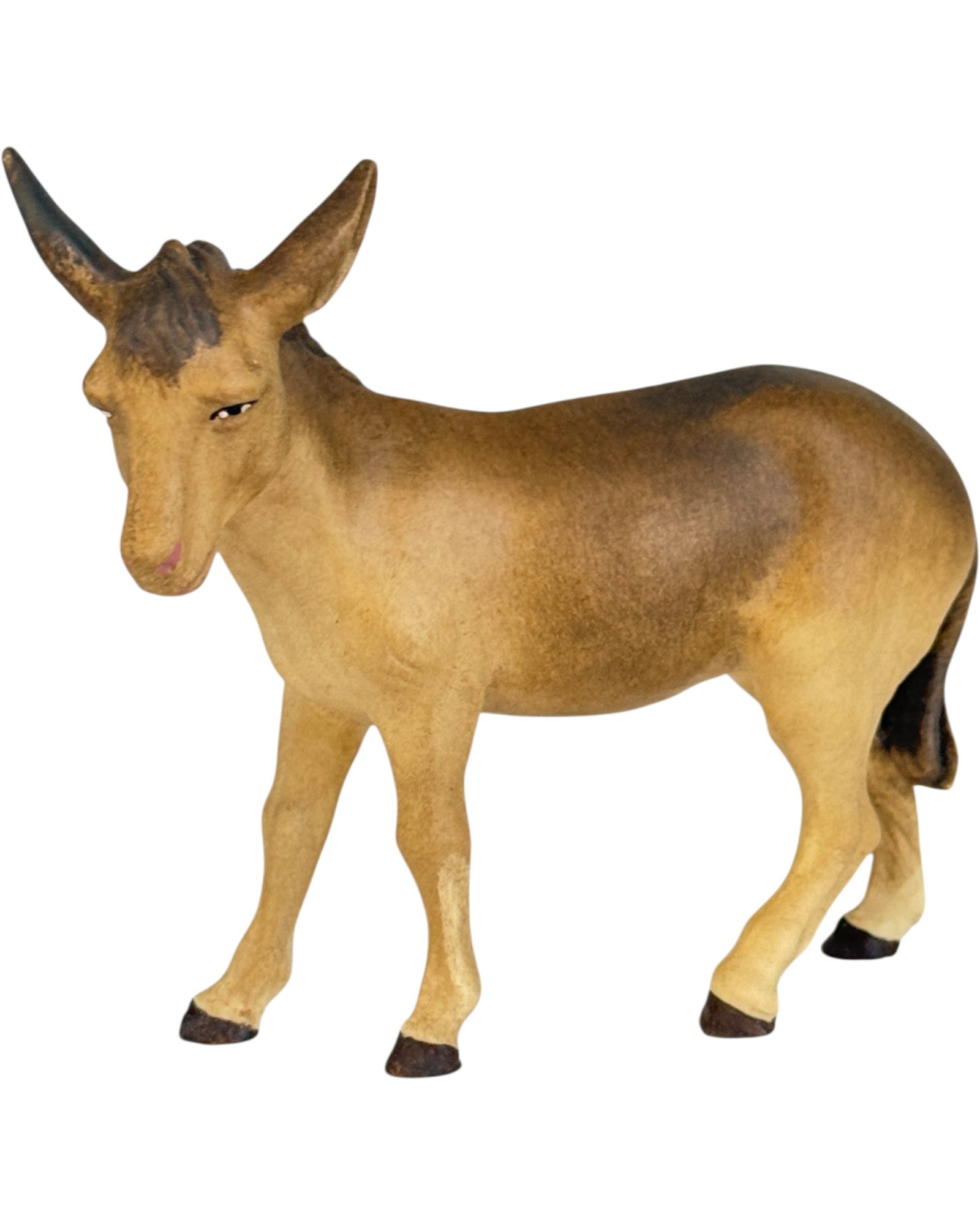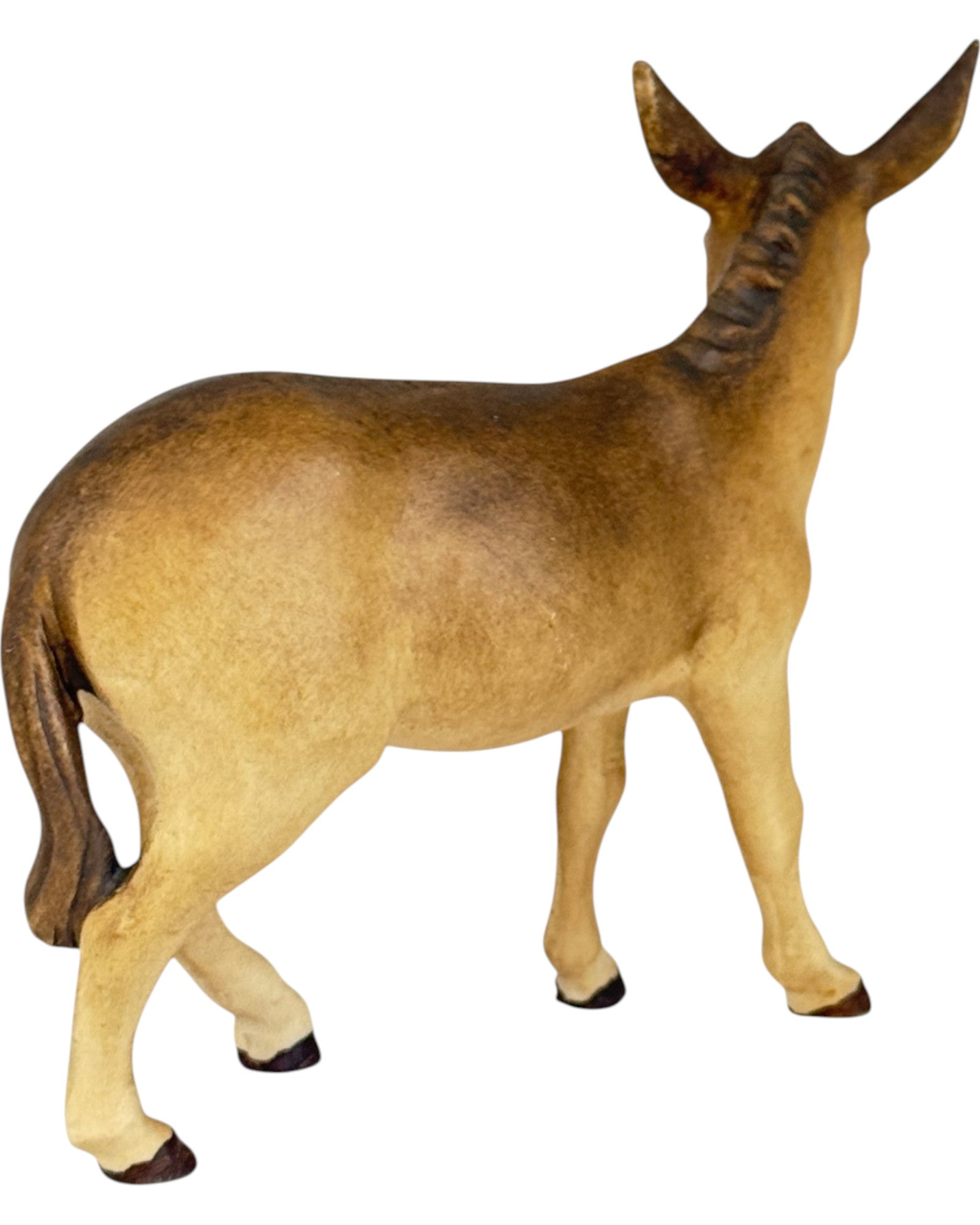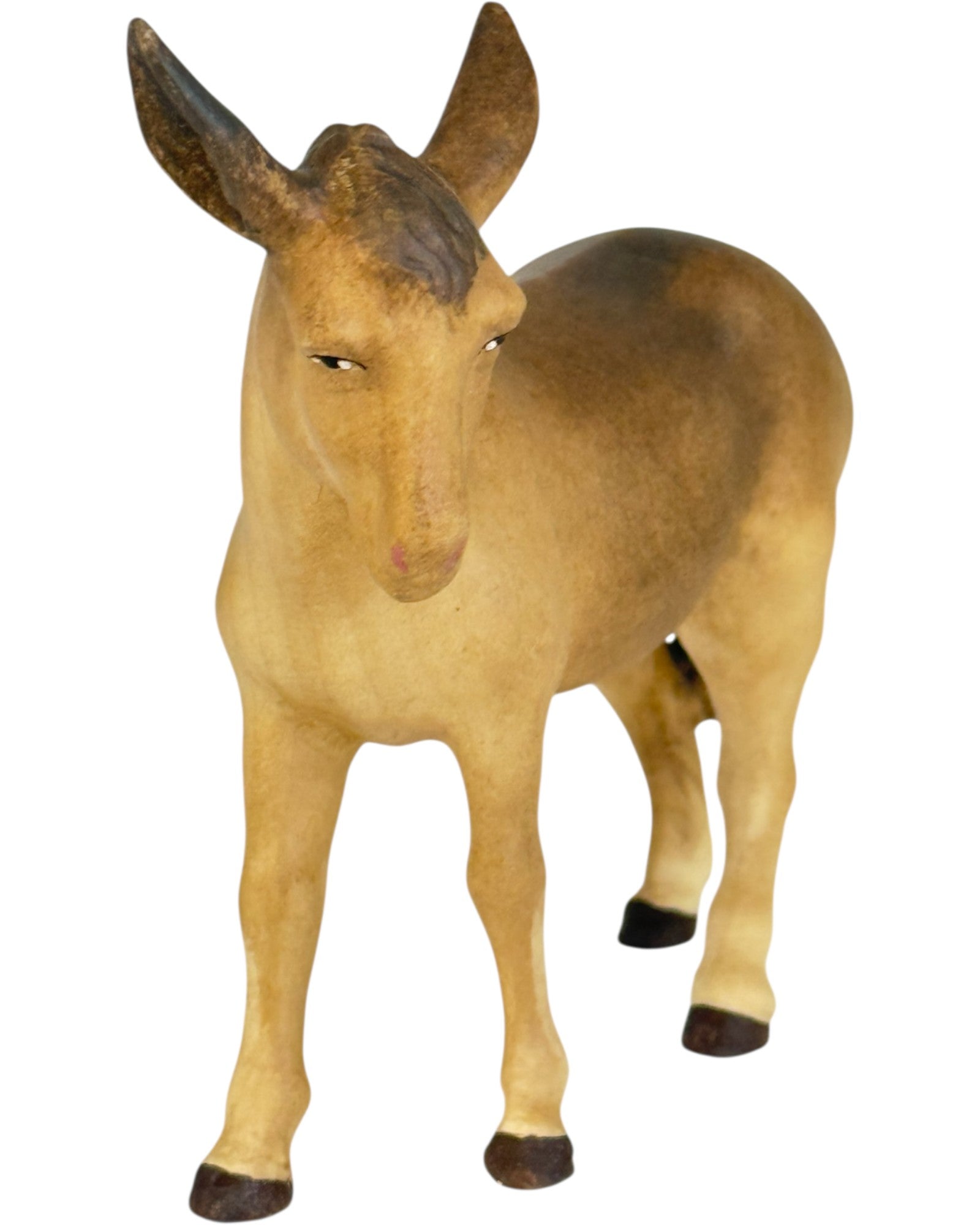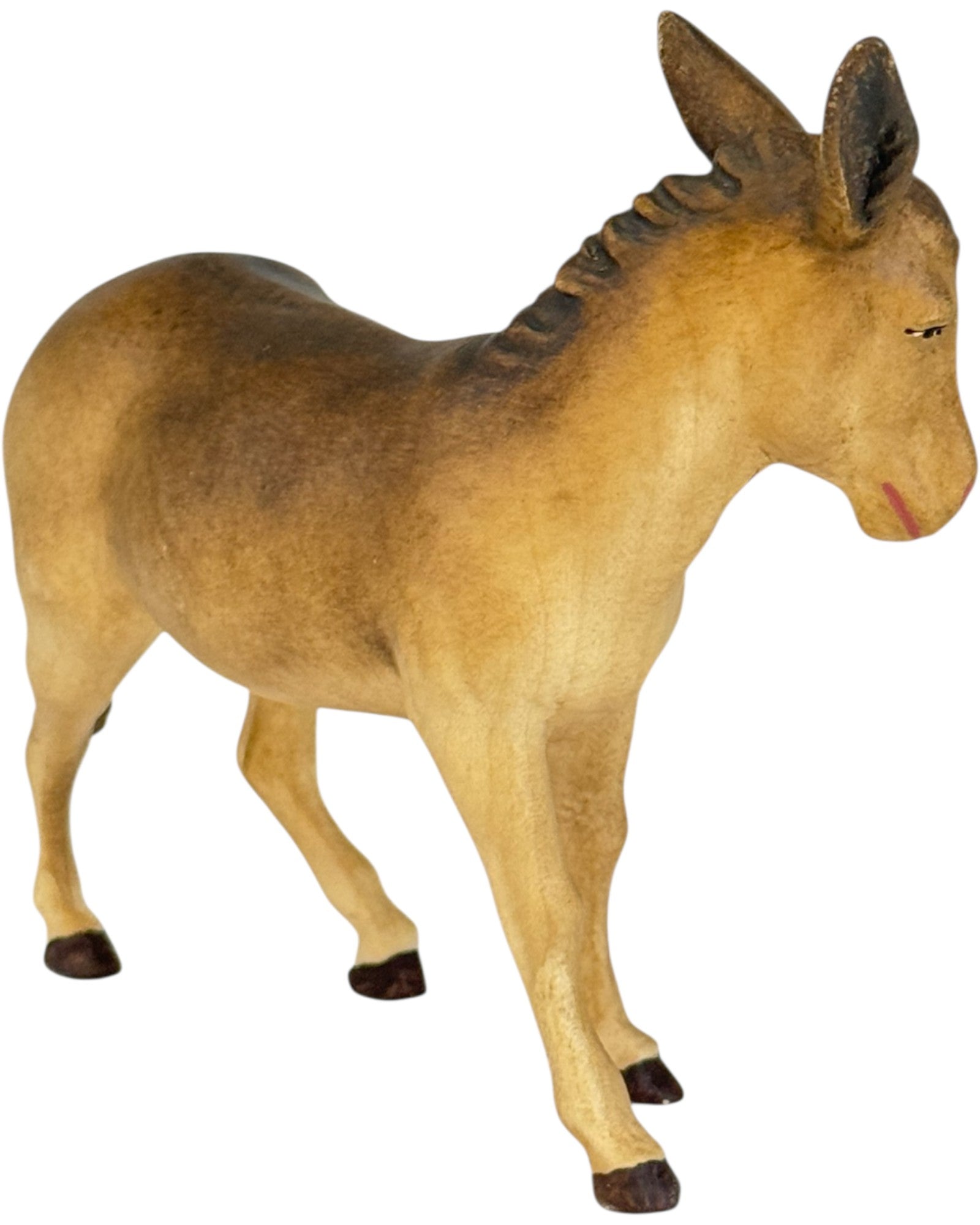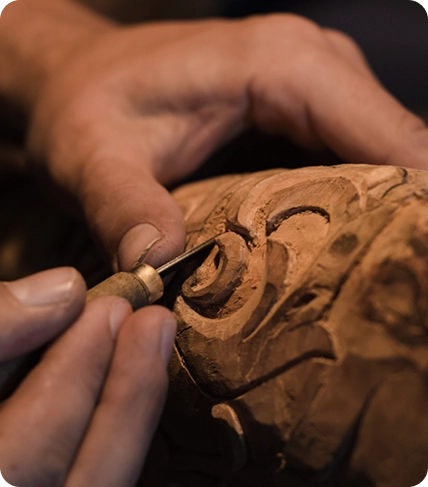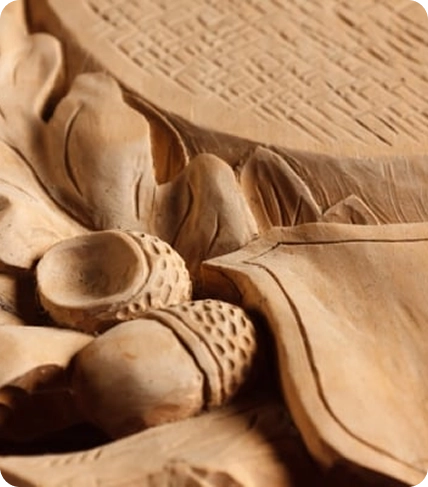The donkey, a humble and faithful companion, is a powerful symbol in the Christian tradition, closely linked to the figure of Jesus. Its presence is central in two key moments in the life of Christ: the Nativity and the entry into Jerusalem.
In the Nativity, the donkey is often depicted next to Mary and Joseph, offering warmth and a sense of humble welcome in the stable of Bethlehem. Its meekness and its ability to carry weights are seen as metaphors for patience and service.
Even more significant is its role on Palm Sunday, when Jesus triumphantly enters Jerusalem riding a donkey. This choice was not accidental, but a fulfillment of the prophecy of Zechariah (9:9): "Behold, your king is coming to you, righteous and victorious, humble, riding on a donkey, on a colt, the foal of a donkey." The donkey, unlike the horse, a symbol of war and royal power, represents the humility, peace and meekness of Christ's kingdom.
The veneration of the donkey, in this context, is not directed at the animal itself, but at its role as an instrument of the divine will and as a symbol of Christian virtues. It embodies the humility of Jesus, his choice not to manifest himself with splendor and earthly power, but with simplicity and love. The donkey thus becomes a reminder of the true nature of divine power, which lies in service and meekness, and an invitation to follow Christ's example in humility and dedication.






